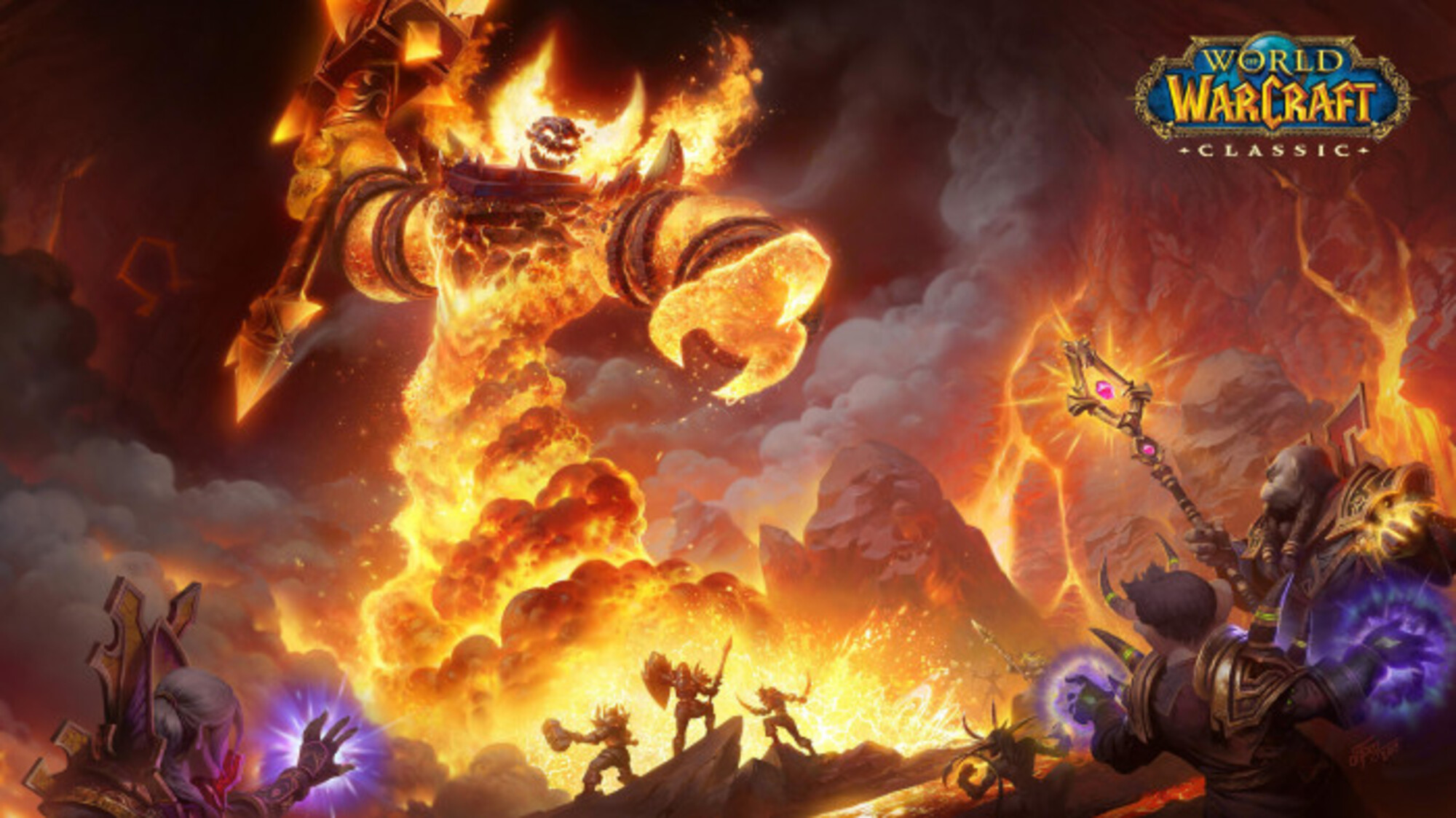Although gaming industry giant Blizzard Entertainment may have left a negative impression on players in recent times, the famous studio behind the world’s most successful MMO made one of the best decisions ever. They brought back vanilla in the form of WoW Classic.
The one element universally shared by all WoW legacy games and expansions is server layering. This is a technique in which multiple instances of the game are created in the same area, and the players are divided up between them.
This article will discuss the changes between the first three Classic versions of World of Warcraft and hone in on what made vanilla the best.
History of WoW Legacy Servers
People begged Blizzard for official legacy servers for over a decade, since the advent of the first expansion, The Burning Crusade (TBC), which came out in January 2007.
- Read more: World of Warcraft Expansions
Unfortunately, Blizzard repeatedly denied all requests for this to happen, despite significant backlash from the community.
In response to this issue, players established their own unique private servers. These use a base copy of WoW and its engine with often heavy modifications to create a customized experience. The experience can add new items, weapons, and mechanics to the game.
However, it can also be modified to restore WoW to an older version. Several communities created private servers that attempted to recreate the experience of vanilla WoW or specific expansions like Wrath of the Lich King.
Nostalrius
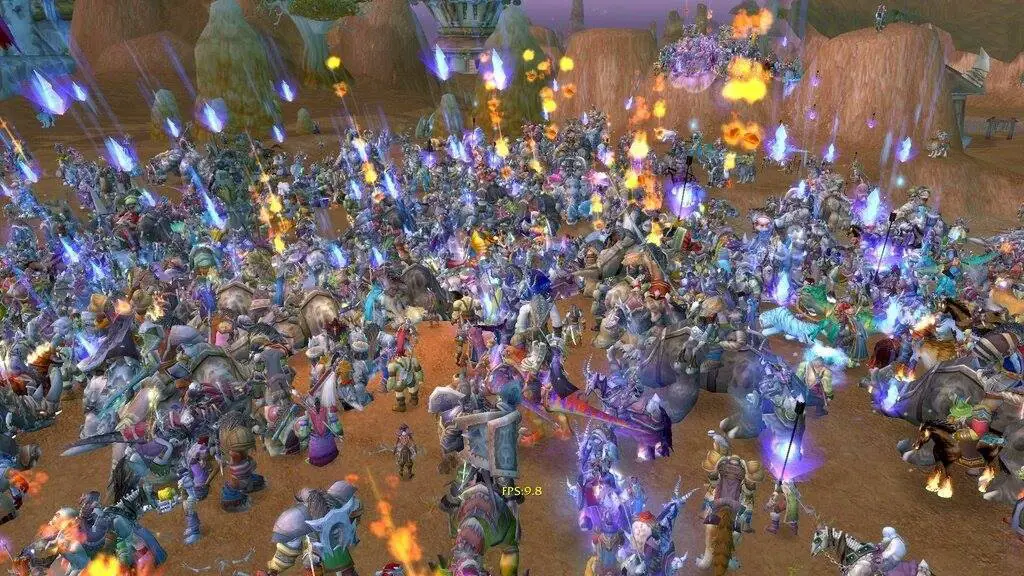
The most famous WoW private server that attempted to recreate vanilla was none other than Nostalrius. Running Patch 1.12, it came as close to a perfect rendering of the vanilla WoW experience with as much precision as possible. It boasted more than 800,000 registered accounts. Sadly, it only ran for a year and was shut down by Blizzard, citing a breach of copyright.

If such a move was not enough to frustrate the player community, J. Allen Brack, a producer on WoW at the time, went as far as to say: “You think you do, but you don’t.”
World of Warcraft is an ever-changing experience with an ongoing storyline, and Blizzard wants players to be invested in the current content at all times. This is why the meta is always tweaked to serve the current patch.
Player stats, armor, weapons, abilities, and level cap are designed to cater to the present content.
As soon as a new patch arrives, the meta is scaled to match the new set of challenges. Over the many years, Blizzard had to institute multiple stat squishes to handle the overload of values from DPS, item level, and more.
Unfortunately, this makes the preservation of older content, even by a single patch, almost impossible in terms of the same challenge, difficulty, and experience of the meta as it was.
WoW Classic
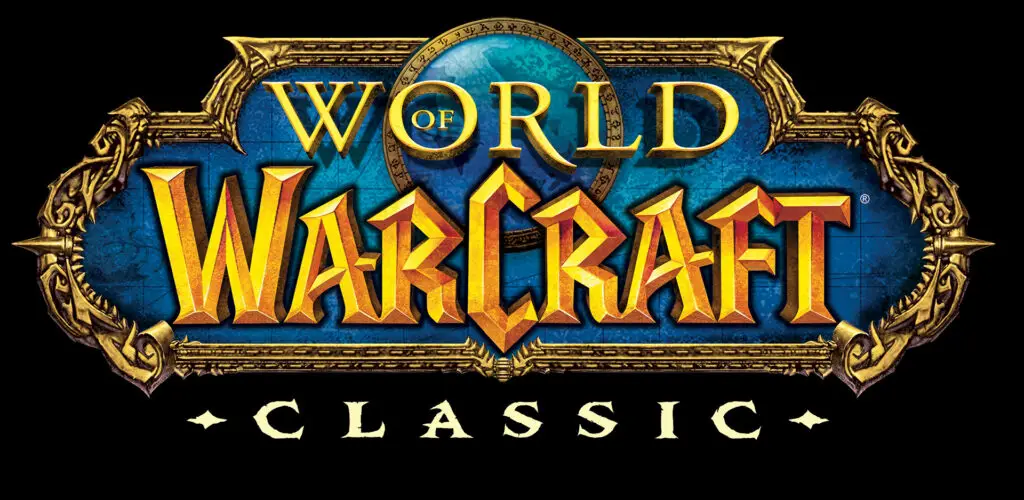
Ironically, Brack ended up eating his own words when he was made CEO and President of Blizzard Entertainment.
During BlizzCon 2017, he made an announcement stating that WoW Classic and support for official legacy servers would be released in August 2019. This date marks the 25th anniversary of the Warcraft franchise and the 15th anniversary of World of Warcraft.
What did WoW Classic change from the original?
The main driving philosophy behind WoW Classic’s design decision was to entirely preserve the experience under the phrase #nochanges.
This was, for the most part, adhered to. Unlike TBC and Wrath, which made very impactful shifts to the original experience, Classic kept things gentle.

In order to fully restore vanilla WoW to mathematical perfection, Blizzard had to dig through database tables from back in the 1990s. They discovered Patch 1.12 and decided to port this version of the game data and its assets to their modern client and server infrastructure.
This was to be the only outstanding change that would be completely unnoticeable to the player base. The only reason they decided to begin with Patch 1.12 was to fix certain gameplay elements that were completely broken in prior versions.
To quickly deliver the full content of vanilla WoW in a timespan that would serve hungry veterans and new players alike, given all the tools of communication and information we have today compared to 2004, Blizzard released WoW Classic in various stages.
- Stage 1: Molten Core and Onyxia
- Stage 2: World Bosses and Honor System
- Stage 3: Blackwing Lair
- Stage 4: Arathi Basin (Battleground), Zul’Gurub
- Stage 5: Ahn’Qiraj
- Stage 6: Naxxramas
WoW TBC Classic
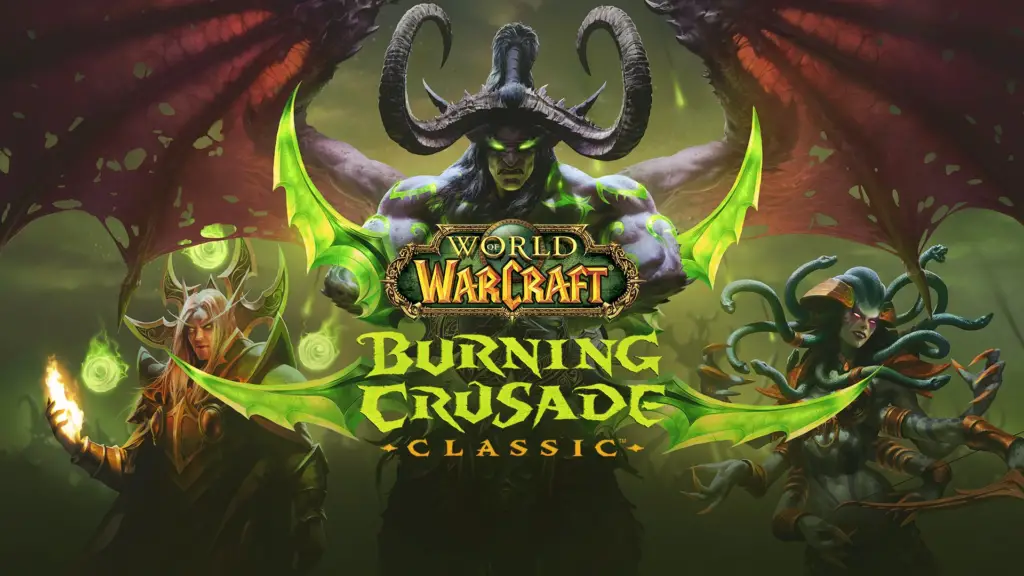
With WoW Classic becoming a stunning, unexpected commercial success for Blizzard, they soon made plans for official legacy server support for TBC.
After considering surveys from the player base, they released it in June 2021.
What did WoW TBC Classic change from the original?
TBC Classic saw major changes right from the get-go. Expanding the level cap to 70 with the old progression system would take even longer to reach endgame content.
- Players could create Draenei and Blood Elf characters before the expansion’s official launch.
- Paid character boosts up to level 58, with the added ability to transfer existing characters on WoW Classic servers that may or may not be level 60.
- Paladins were made available on the Horde side in the original TBC but had the far superior Seal of Blood compared to the Seal of Vengeance on the Alliance side. This made them interchangeable.
- Spell batching, a technique that manipulated the server to allow multiple actions to be chained together in batches was removed.
- Dungeon enemies have pathing changes that prevent them from being kited and teleport to players who attempt to use walls and ledges to avoid getting hit.
- XP penalty for lower-level players grouping with high-level players when trying to be carried through dungeons.
The biggest issue with the slew of changes TBC made was giving players the option to skip all the content before Outland.
It became so popular that players who leveled the traditional way had trouble finding others out in the open world to group with for quests and dungeons. This, in turn, pushed even more people to boost.
To quickly deliver the full content of The Burning Crusade in a timespan that would serve hungry veterans and new players alike, given all the tools of communication and information we have today compared to 2007, Blizzard released WoW TBC Classic in various stages.
- Stage 1: Arena Season 1, Gruul’s Lair, Magtheridon’s Lair, and Karazhan
- Stage 2: Arena Season 2, Serpentshrine Cavern, and Tempest Keep
- Stage 3: Arena Season 3, Black Temple, and Hyjal Summit
- Stage 4: Zul’Aman
- Stage 5: Arena Season 4, Sunwell Plateau
WoW Wrath Classic
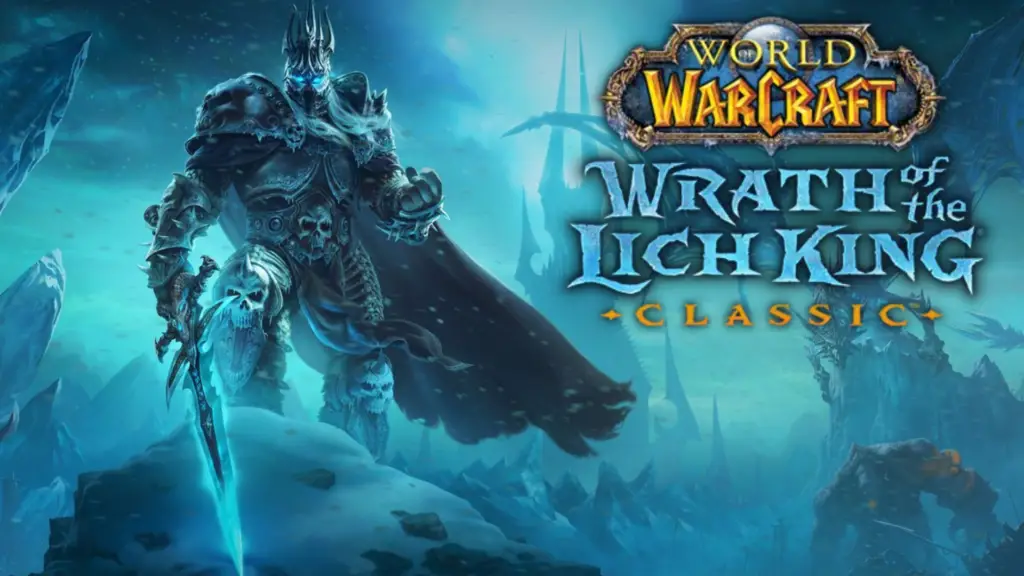
Continuing the ongoing trend is none other than WoW Wrath Classic, the latest expansion to receive official legacy server support. It released worldwide on September 26, 2022.
Originally, Wrath of the Lich King (Wrath) was the second expansion to World of Warcraft, released in November 2008 as a successor to TBC.
Siege weapons in PvP, the new Death Knight hero class, the chance to return to Naxxramas, and the fight against the most iconic villain in the entirety of the Warcraft canon on the new continent of Northrend. Wrath of the Lich King is considered by many to be the greatest time in the MMO’s longstanding history.
What did WoW Wrath Classic change from the original?
Wrath Classic is seeing even more changes to the original than both vanilla and TBC combined.
Removal Of Group Finder
The most controversial change to Wrath Classic includes the removal of the group finder tool, a move that has almost universally angered the player base.
Back in the day, getting a group together for a dungeon, let alone a raid, was a process. Not only did you have to put together a party by spamming LFG chat, but you also had to have 2 out of the 5 players in a party fly to the Summon Stone and bring the rest of the group to the dungeon.
The Wrath of the Lich King expansion introduced the Group Finder tool to automate this process. It has been in place in retail (the ongoing version of WoW) since then.
Paid Character Boosts
Bringing back Wrath means another ten levels and expanding the previous level cap of 70. Blizzard has continued with TBC Classic’s tradition of paid character boosts.
Final Patch
Wrath Classic will be released in its final state of Patch 3.3.5. Every class change throughout the expansion is present on day 1.
Naxxramas
The damage and health of all bosses and monsters in the 10 and 25-man versions of Naxxramas have been buffed by 30%.
Barber Shop
The barber shop will let you change your body type and gender in addition to your hair style.
Anti-Boosting Mechanics
Like TBC Classic, Blizzard has put in numerous measures to discourage the ability to power-level characters through dungeons with carry runs.
Identical Raid Badges
10-man raids will drop identical badges to 25-man raids.
Dungeons
Chest rewards inside dungeons have loot reduced.
Cold Weather Flying
Bind on account books are available at launch. This means if you have a level 80 character, you can purchase the book for all your alts which will let them start flying in Northrend beginning at level 68.
To quickly deliver the full content of Wrath of the Lich King in a timespan that would serve hungry veterans and new players alike, given all the tools of communication and information we have today compared to 2008, Blizzard is releasing WoW Wrath Classic in various stages.
- Stage 1 – Eye of Eternity, Obsidian Sanctum, Naxxramas
- Stage 2 – Ulduar
- Stage 3 – Onyxia’s Lair, Argent Tournament, and Trial of the Crusader
- Stage 4 – Icecrown Citadel
- Stage 5 – Ruby Sanctum
Why WoW Classic Is Best
Aside from vanilla being one of the best times in the history of the world’s most successful MMORPG, WoW Classic had the lowest number of changes to the original version compared to TBC Classic and Wrath Classic.
The game is as authentic to the original as possible, save for some major technical improvements to create a smooth experience under the hood.
Although most of the loyal player base have now cleared up to Kel’Thuzad and are decked out in Tier 3 gear, Blizzard introduced the Season of Mastery to give people a reason to come back again.
Season of Mastery is a year-long content cycle that has players starting WoW Classic all over again in an even more condensed release schedule.

